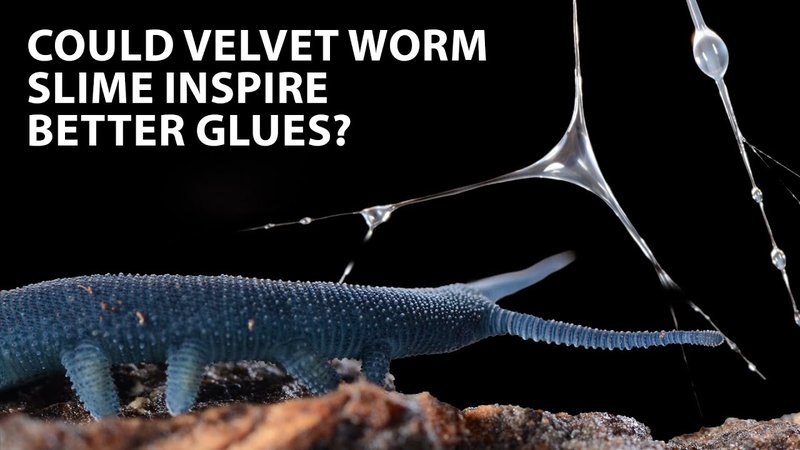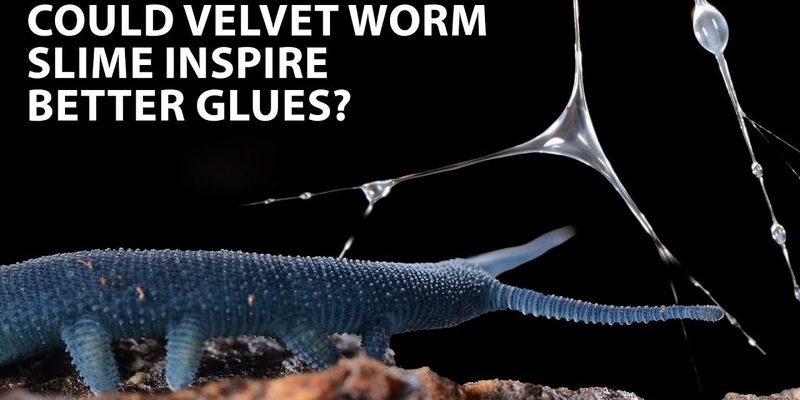
Let’s imagine for a second that you’re at the beach, feeling the sand beneath your toes, and a colorful ribbon of mucus suddenly stretches across the shoreline. That’s the bootlace worm for you. Picture it as the undersea equivalent of a superhero, equipped with a unique defense mechanism that not only protects itself but also fascinates scientists. So what exactly is in this slime, and how does it serve the worm? Grab your coffee, and let’s dive into the slippery world of bootlace worm toxic slime.
What is Bootlace Worm Toxic Slime?
The first thing you should know is that **toxic slime** isn’t just a random ooze. It’s often a combination of various proteins, enzymes, and mucus that serve specific purposes. Bootlace worms are often associated with their long, ribbon-like bodies, but when agitated, they release this slime that can be both a defense mechanism and a means of capturing prey.
When the worm feels threatened, it secretes this toxic substance that can deter predators. Imagine it as a natural shield, almost like a smokescreen in a movie—confusing and off-putting. This slime contains *nematocysts*, which are specialized cells that can deliver toxins if they come into contact with another organism. It’s a clever way for the worm to keep itself safe in a world filled with hungry fish and other predators.
Composition of the Slime
So, what exactly is this toxic slime made of? Well, it’s mainly composed of **mucins**, which are glycoproteins that help create that slimy texture. But that’s just the beginning. The slime also contains various enzymes that can break down organic matter when the worm captures its prey. Think of this as the worm’s version of a meal prep. Once it snares a small fish or crustacean, the enzymes go to work, making the dinner easier to digest.
Another key component is the aforementioned *nematocysts*. While they may sound intimidating, they play a crucial role in the worm’s survival. When the slime makes contact with a potential predator, these tiny stinging cells can deliver a painful sting, ideally causing the predator to rethink its dinner choice. In a way, it’s nature’s version of a self-defense class.
Why Do Bootlace Worms Produce Toxic Slime?
You might be wondering why bootlace worms need to go through all this trouble to produce toxic slime. The short answer is survival. The ocean can be a hostile environment, with lots of creatures looking for their next meal. By secreting this slime, bootlace worms gain several advantages.
First, the slime deters most would-be predators. For instance, fish that try to nibble on them will encounter a rather unpleasant surprise. This not only keeps the bootlace worm safe but also helps to stabilize its position within the ecosystem. The presence of these worms can actually help to maintain balance in coastal marine life.
How Bootlace Worms Use Their Slime
Apart from defense, bootlace worms primarily use their slime to capture food. When the worm is hunting, it can extend its body out and create a kind of “net” with its toxic slime. This sticky trap can catch small fish and crustaceans, helping the worm feed effectively without having to chase down its prey.
This method of food acquisition is quite efficient. It allows the bootlace worm to remain somewhat stationary while still being able to pull in dinner. Just think about it: while you’re out there running around the beach trying to catch dinner, the bootlace worm lays back and lets its slime work its magic.
Environmental Impact of Bootlace Worms
The role of bootlace worms goes beyond just their own survival—they also contribute to the marine ecosystem. By capturing various small creatures, they help control populations of certain species, preventing any one type from overtaking the habitat. This keeps the environment balanced and healthy.
Moreover, when bootlace worms die, their decomposing bodies provide nutrients back to the ecosystem. Just like how recycling works, their life and eventual death contribute to the cycle of life in the ocean. So next time you think about these slimy beings, remember that they’re not just oddities but important players in maintaining the health of marine life.
Bootlace Worms and Climate Change
As climate change impacts our oceans, creatures like bootlace worms might be affected in both positive and negative ways. Warmer waters can alter their habitats, but they may also thrive in areas where other species struggle. Scientists are increasingly studying these worms to understand how their adaptation mechanisms might offer insights into the broader effects of climate change on marine ecosystems.
Knowing how bootlace worms respond to environmental stressors could help us develop strategies to protect marine life in this continuously changing world. You might say they’re a bit like the canary in the coal mine—offering clues about the health of the ocean.
Bootlace worms are not just fascinating for their elongated bodies; their **toxic slime** plays a crucial role in their survival and the overall health of their marine environment. From their defensive capabilities to their contributions to food webs, these creatures remind us that there’s often much more beneath the surface—literally and figuratively.
So, the next time you find yourself wandering along a beach or diving into coastal waters, think about the hidden wonders all around you, like the bootlace worm and its impressive slime. Nature has a way of weaving together complexity and beauty—from the depths of the sea to the tips of our sandy toes.

